The Basics of Alluvial Gold
Alluvial gold, often just termed as 'placer gold,' has captivated the minds of adventurers and miners for centuries. This type of gold is found in the loose sediments within riverbeds and streams, deposited there by the running water over time.
Unlike gold mined underground, alluvial gold is relatively easy to extract, making it a popular choice for individual prospectors and large mining operations alike.
The allure of alluvial gold lies in its accessibility. As rivers and streams erode the earth, they carry with them various minerals, including gold. Over time, the heavier gold particles settle at the bottom of the riverbed, often hidden among sand, gravel, and larger boulders.
This natural sorting by weight makes alluvial gold deposits particularly concentrated, offering a lucrative opportunity for those willing to sift through the sediments.
Historical Significance of Alluvial Gold
The history of alluvial gold is as old as civilization itself, with ancient texts and archaeological digs revealing that these deposits were being mined in the Roman Empire and ancient Egypt.
In more recent history, the gold rushes of the 19th century, such as those in California and Australia, were primarily fueled by the discovery of alluvial gold. These events not only shaped the economic landscapes of their respective regions but also led to significant population migrations and cultural changes.
In the ancient world, alluvial gold was a primary source of wealth and economic influence. The ease of extraction compared to underground mining made it an attractive resource for developing cultures. The techniques and tools developed for alluvial gold extraction laid the groundwork for mineral mining in various cultures around the globe.
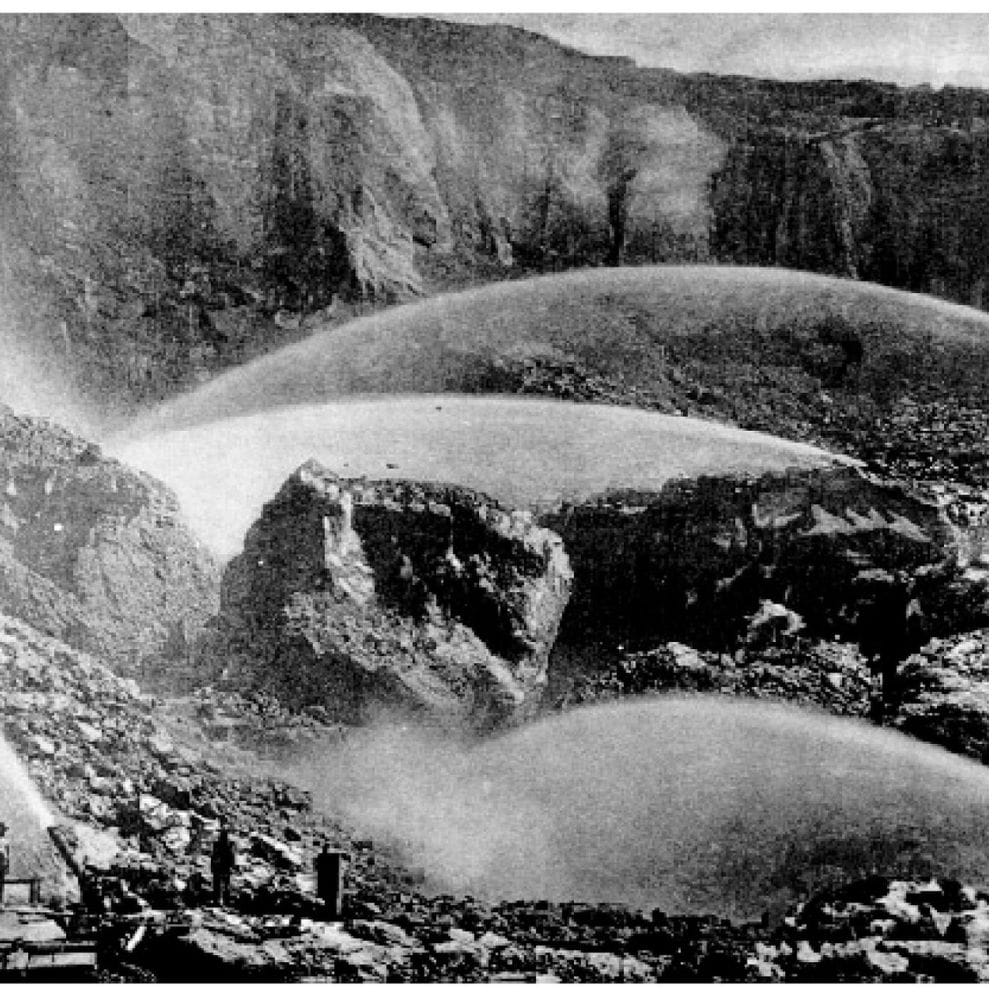
Modern Alluvial Gold Mining Techniques
Today, alluvial gold mining has evolved, but the basic principle of separating gold from other materials remains the same. Panning, one of the oldest and simplest methods, is still widely used by individual prospectors.
By swirling water and sediments in a shallow pan, lighter material is washed away, leaving the heavier gold particles and nuggets behind.
For larger scale operations, more advanced equipment like sluice boxes and rocker boxes are used. These devices channel water and sediments over ridges that trap gold particles while allowing lighter materials to flow out.
This method is more efficient than panning, enabling miners to process larger quantities of sediment and increase the yield of gold.
The Role of Water in Alluvial Gold Deposits
Water is a critical factor in the formation and location of alluvial gold deposits. The power of flowing water to erode and carry materials from one location to another is what leads to the concentration of gold in certain areas.
Understanding the patterns of water flow and the geology of the landscape can be crucial in identifying promising alluvial gold sites.
The dynamics of water movement also mean that such deposits are continually changing. Seasonal floods can shift the distribution of gold within rivers and streams, occasionally exposing new deposits or covering existing ones. This ever-shifting nature makes alluvial gold mining a constant adventure.
Environmental Impact of Alluvial Gold Mining
While alluvial gold mining is less invasive than underground mining, it still has significant environmental impacts.
Disruption of riverbeds and increased sedimentation can affect aquatic ecosystems, potentially harming local flora and fauna. Responsible mining practices are essential to minimize these impacts, ensuring that the pursuit of gold does not lead to ecological damage.
Efforts to reduce the environmental footprint of alluvial gold mining include the rehabilitation of mined areas and the use of sediment control systems to prevent the spread of displaced materials. These practices help preserve the natural habitat and biodiversity of the regions affected by mining activities.
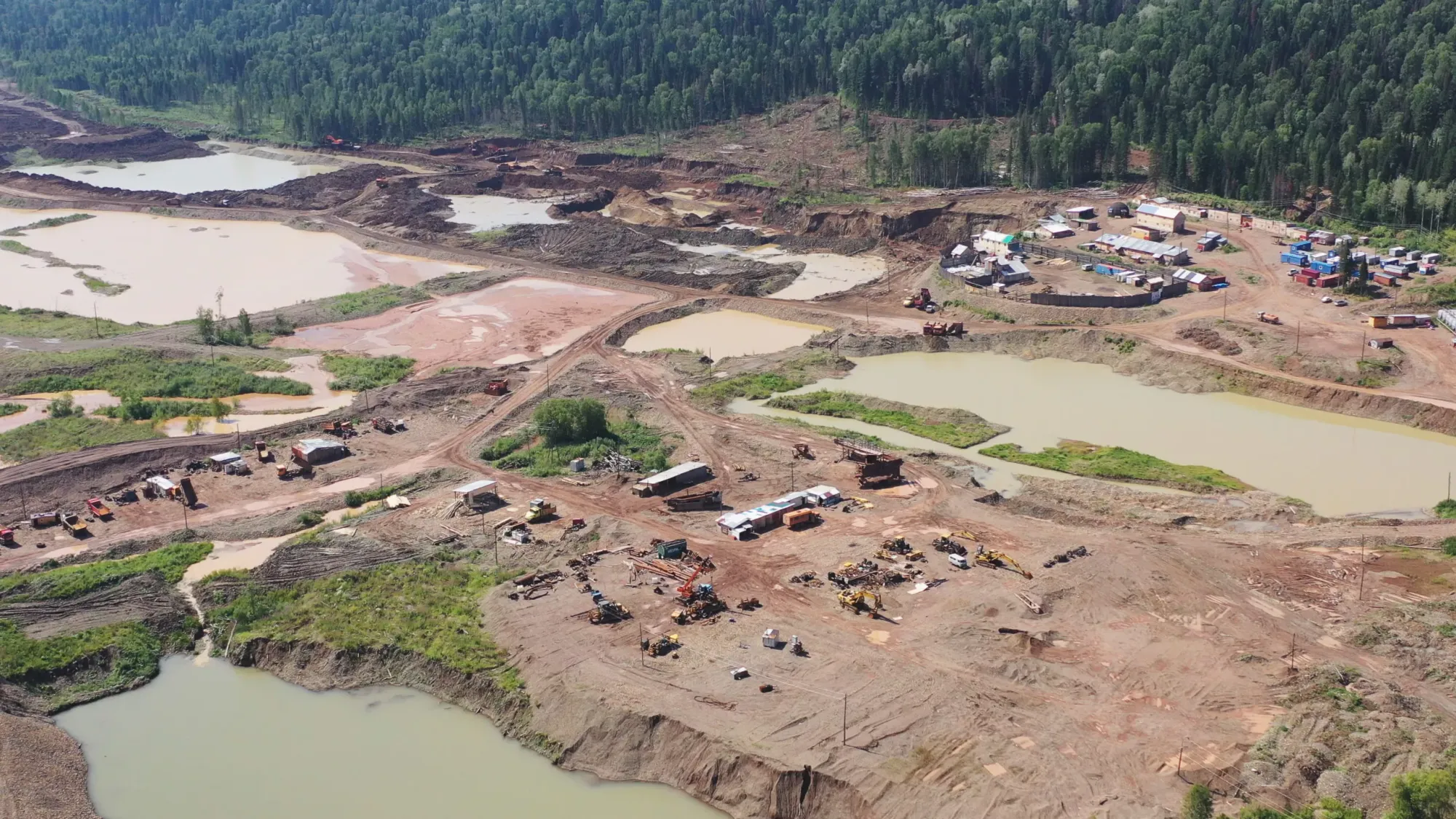
Alluvial Gold and Other Valuable Minerals
Alluvial gold mining often leads to the discovery of other valuable minerals such as platinum, silver, and even diamonds. As miners sift through the stream bed, the same processes that help isolate gold dust also reveal these other precious metals.
The presence of such minerals can transform an ordinary alluvial gold mine into a multi-resource treasure trove, significantly increasing the economic stakes. This co-extraction not only amplifies the potential returns but also adds layers of complexity to the mining process, requiring different techniques and knowledge to efficiently separate and collect each type of mineral.
The allure of these additional resources can turn a simple gold panning operation into a full-scale mining endeavor. For instance, in regions where the geological conditions favor the deposition of multiple minerals in the placer deposits, specialized equipment like sluice boxes and rocker boxes are employed to handle the increased material throughput and enhance recovery rates.
This not only maximizes the yield from each mining session but also ensures that nothing valuable is left behind, making every scoop of sediment potentially profitable.
The Art of Gold Panning
Gold panning is more than just a throwback to the frenzied days of the gold rush; it's a skillful way to find gold and connect with history. Using a simple gold pan, enthusiasts swirl water and sediment in the pan to gradually reveal the heavier gold flakes and nuggets.
This method, while ancient, is still one of the most accessible ways to extract gold from alluvial deposits. The beauty of gold panning lies in its simplicity and the immediate gratification of finding shiny specks of gold in the dark soil at the bottom of your pan.
Despite its simplicity, effective gold panning requires a bit of know-how. The technique involves filling the pan with gravel and sand from a riverbed, then shaking it in water to allow the gold, which is dense, to settle at the bottom.
Stream flow plays a crucial role here, as it helps to separate the gold from lighter materials like sand and rocks. For many, the allure of gold panning isn't just in the potential treasures it might uncover but in the timeless connection to the adventurers and explorers of yore.
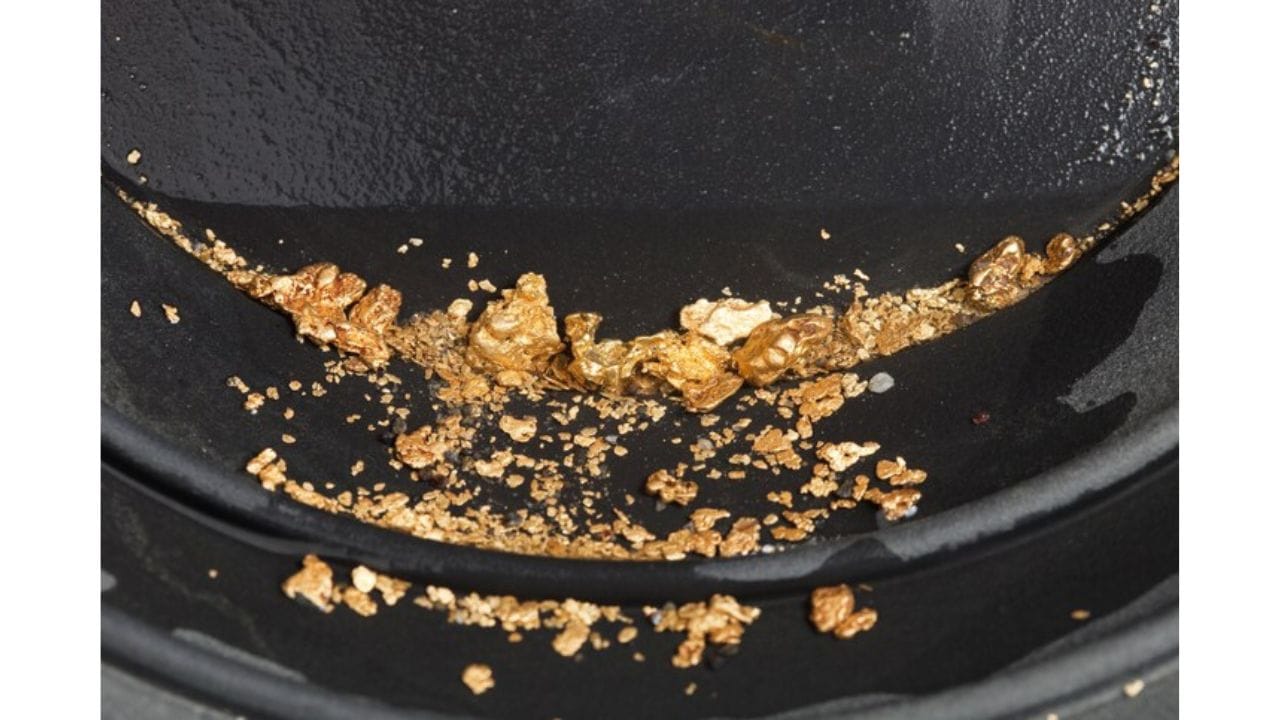
Gold Mining Tools and Techniques
Beyond the iconic gold pan, other tools have been developed to increase the efficiency of extracting gold from alluvial deposits. The rocker box, or cradle, is one such tool that has seen widespread use, especially during the gold rush era.
It allows prospectors to process larger quantities of sediment and therefore increases the chance of finding gold. The rocker box uses a similar principle to the gold pan but on a larger scale, incorporating a sieve to separate larger boulders and debris, and a series of riffles to trap gold particles.
Modern advancements have introduced more sophisticated methods to extract gold from alluvial deposits. High-pressure hoses, suction dredges, and even large-scale placer mining operations dramatically change the landscape of gold mining.
These methods allow for the extraction of gold from areas that would be unreachable with just a pan or rocker box. While these techniques can be more effective at extracting gold, they also require more investment in equipment and can have a greater environmental impact, making the humble gold pan still a favored tool among many modern prospectors.
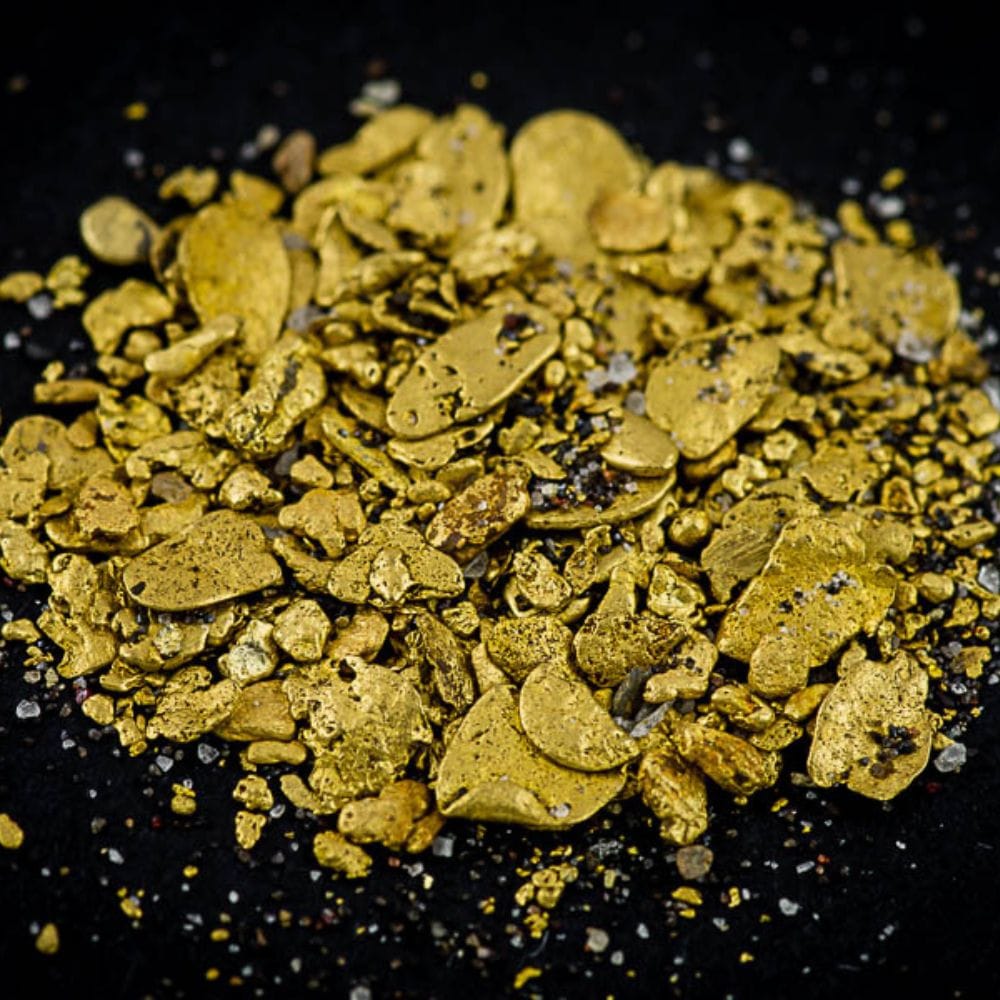
Innovations in Alluvial Gold Recovery
Technological innovations have dramatically reshaped the landscape of alluvial gold mining, making it more efficient and less labor-intensive. One of the standout advancements is the development of the 'long tom,' a variation of the sluice box that allows for the processing of larger quantities of sediment.
This tool uses a long trough to wash away the lighter materials while trapping gold and other heavy minerals at the discharge end, significantly speeding up the mining process and increasing the volume of gold extracted.
Moreover, modern alluvial mining methods have embraced automation and data analytics to predict the most lucrative mining sites. By analyzing past data on stream flows and gold deposits, miners can now predict with greater accuracy where gold is likely to be found.
This predictive approach not only reduces the time spent on unproductive sites but also minimizes environmental disruption. These advancements not only streamline the extraction process but also enhance the sustainability of mining practices, ensuring that the pursuit of gold remains both profitable and environmentally responsible.
Economic Benefits of Alluvial Gold Mining
Alluvial gold mining not only provides employment opportunities in mining communities but also injects significant economic activity into these areas. The influx of workers and their families leads to the development of local infrastructure, services, and businesses, boosting the local economy.
Moreover, the export of gold contributes to the national economy. Countries rich in alluvial gold deposits, like those in South America and Africa, benefit from the trade of this valuable mineral on the international market, which helps in raising the standard of living in these regions.
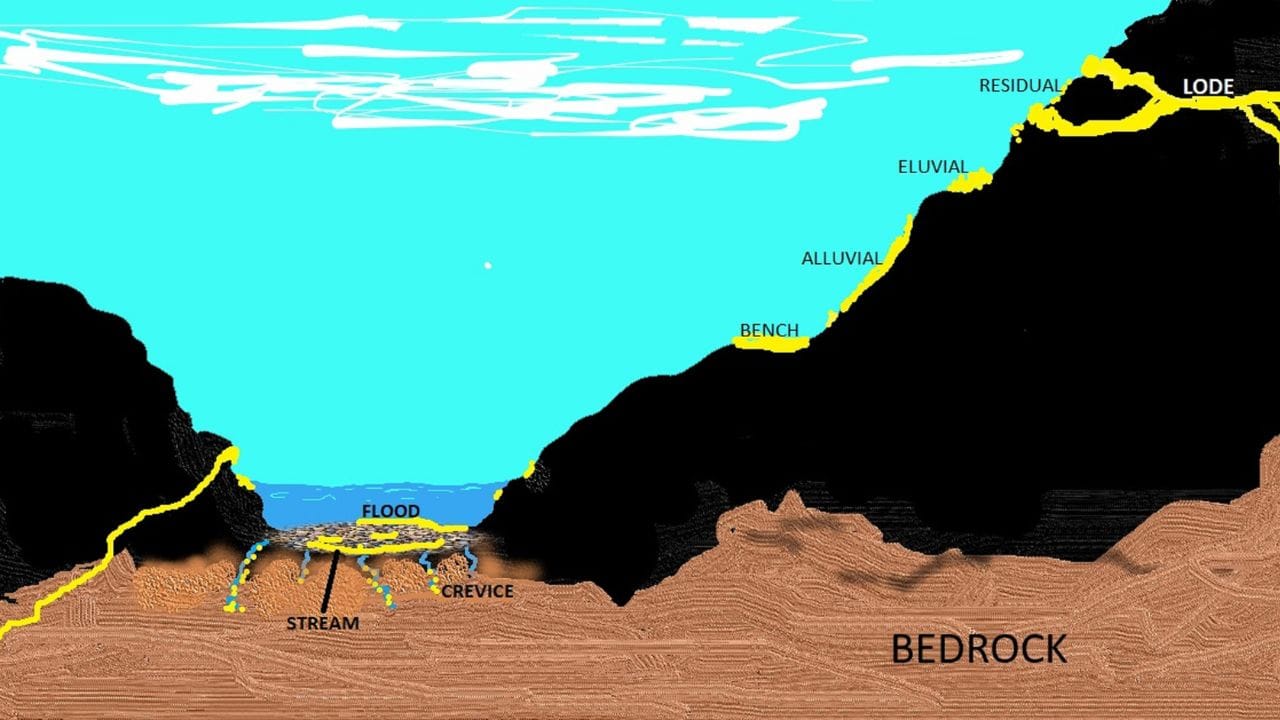
Challenges in Alluvial Gold Mining
Despite its economic benefits, alluvial gold mining faces several challenges. The most significant is the variability in the profitability of mining operations, influenced by the fluctuating prices of gold on the global market. Additionally, the regulatory environment can be quite complex, involving stringent rules regarding environmental protection, land use, and worker safety.
Another challenge is the technical difficulty in extracting gold efficiently. While methods like panning and the use of sluice boxes are relatively straightforward, maximizing yield and minimizing waste requires careful planning and execution. This often involves a combination of traditional techniques and modern technology to identify and exploit alluvial gold deposits effectively.
Technological Advancements in Alluvial Gold Mining
Advancements in technology have significantly changed the landscape of alluvial gold mining. Geographical information systems (GIS) and satellite imagery now allow miners to identify potential gold-bearing areas more accurately.
Additionally, improvements in mining equipment and techniques have increased the efficiency of gold extraction, allowing for the recovery of smaller gold particles that would have previously been discarded.
These technological improvements not only increase the profitability of alluvial gold mining but also reduce the environmental impact by enabling more precise targeting of gold deposits, thereby minimizing unnecessary disruption of the landscape.
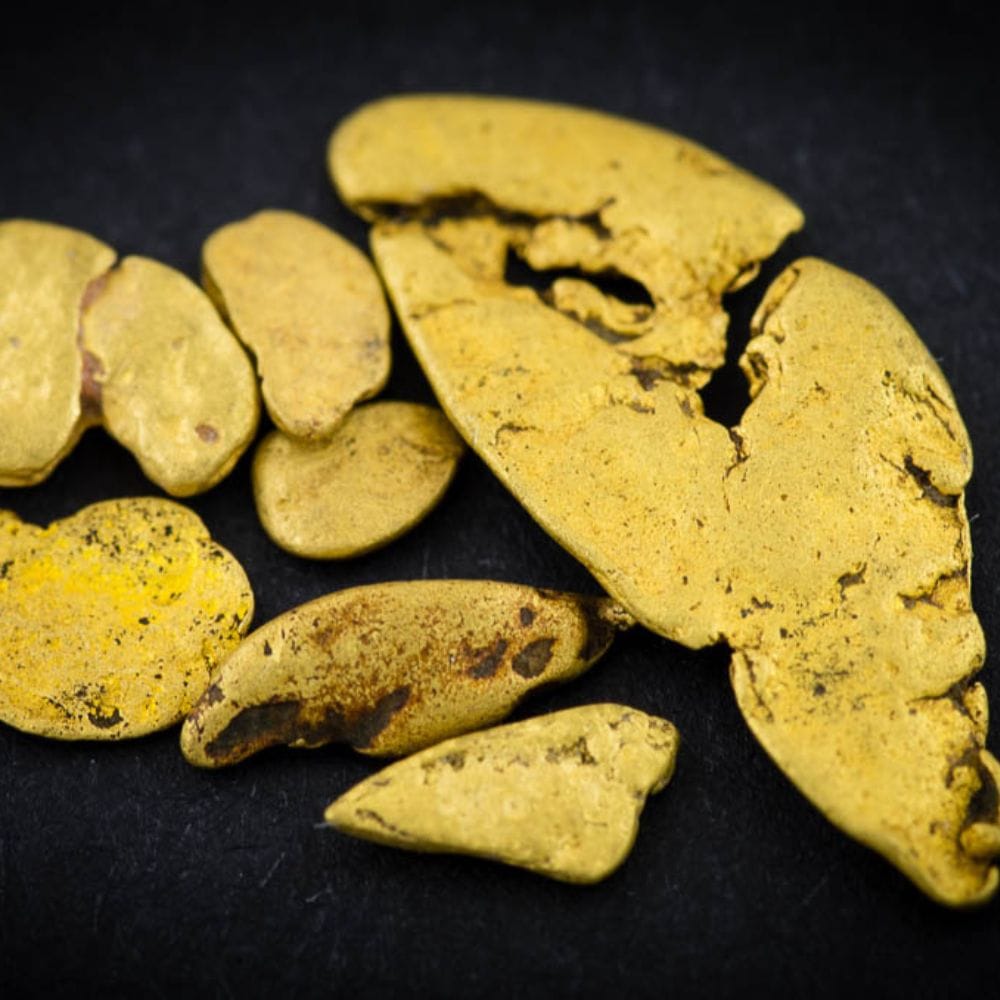
Future Prospects of Alluvial Gold Mining
The future of alluvial gold mining looks promising with the continuing rise in the value of gold and other precious metals. As long as the demand for these materials remains high, there will be a strong incentive to develop and refine the techniques for extracting alluvial gold.
This ongoing interest is likely to spur further innovations in mining technology, making the process even more efficient and environmentally friendly.
Moreover, as existing alluvial deposits become depleted, there will be increased interest in exploring new areas, potentially opening up new frontiers in the gold mining industry. This exploration could lead to the discovery of even richer deposits, continuing the age-old allure of gold mining.
What is Alluvial Gold
Some Final Thoughts
Alluvial gold mining is an intriguing blend of history, economics, and technology. From ancient times to the modern era, the pursuit of alluvial gold has not only led to economic development and technological innovation but has also woven a rich tapestry of cultural narratives across the globe.
As technology continues to evolve, so too will the methods and impacts of this enduring form of mining, promising a future where the rewards of alluvial gold can be reaped with minimal cost to the environment.
FAQ's
Q1: How do I start alluvial gold mining? A1: Starting alluvial gold mining involves researching suitable locations, obtaining the necessary permits and equipment, and learning the appropriate techniques for gold extraction, such as panning and using sluice boxes.
Q2: Is alluvial gold mining profitable? A2: The profitability of alluvial gold mining can vary widely. It depends on factors such as the location and concentration of gold deposits, the current market price of gold, and the efficiency of the mining operations.
Q3: What are the environmental impacts of alluvial gold mining? A3: The environmental impacts include disruption of riverbeds, increased sedimentation that can affect water quality and aquatic life, and potential chemical pollution if mercury or other harmful substances are used in the extraction process. Responsible mining practices are crucial to minimize these impacts.
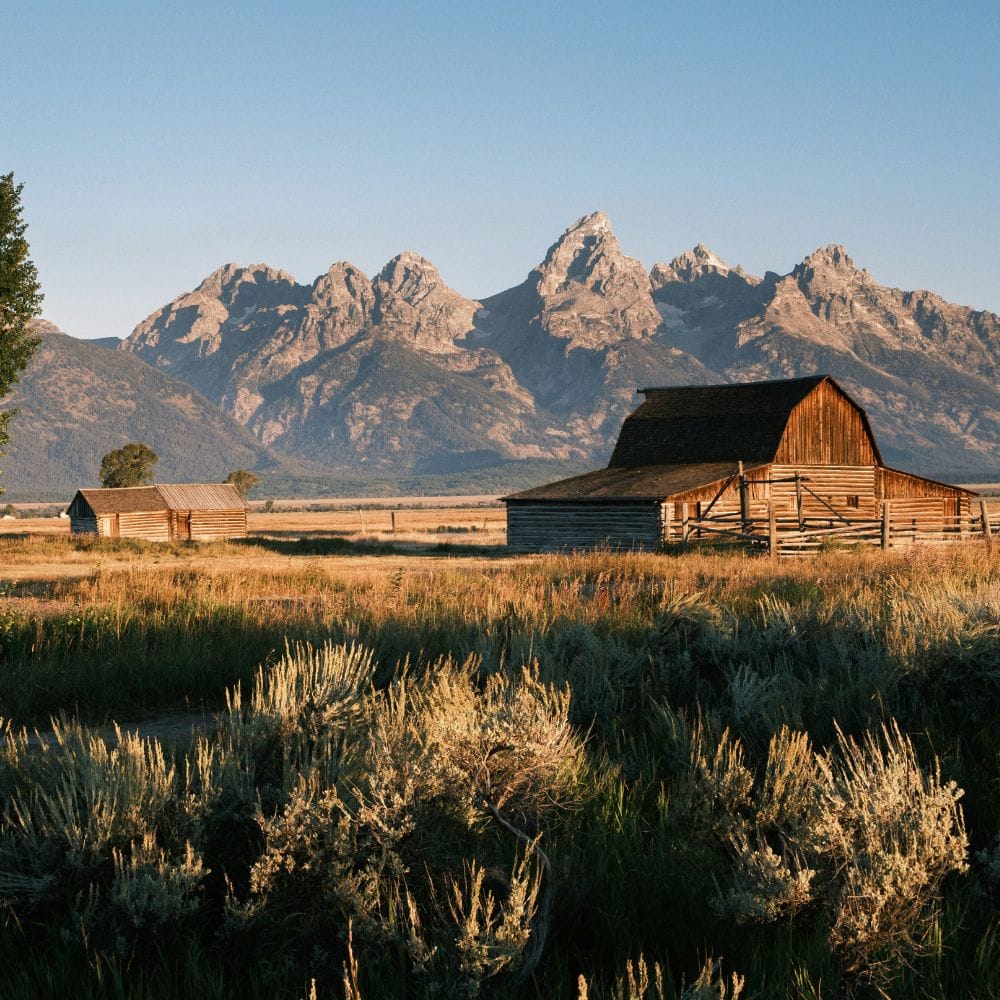
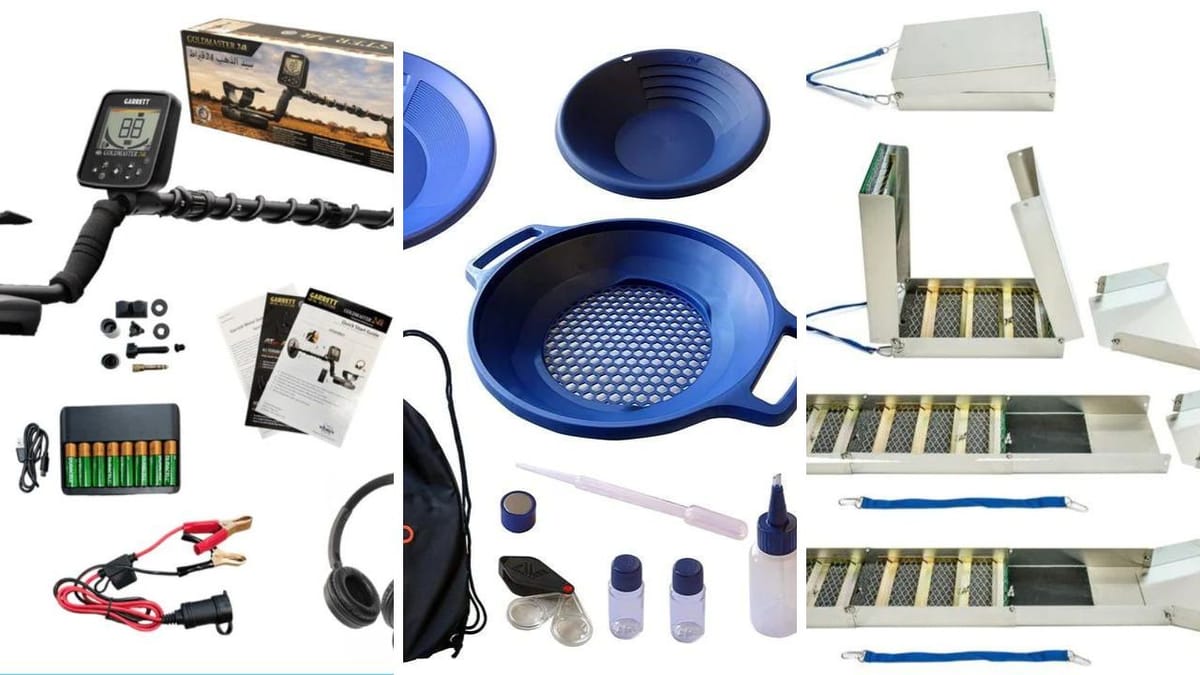

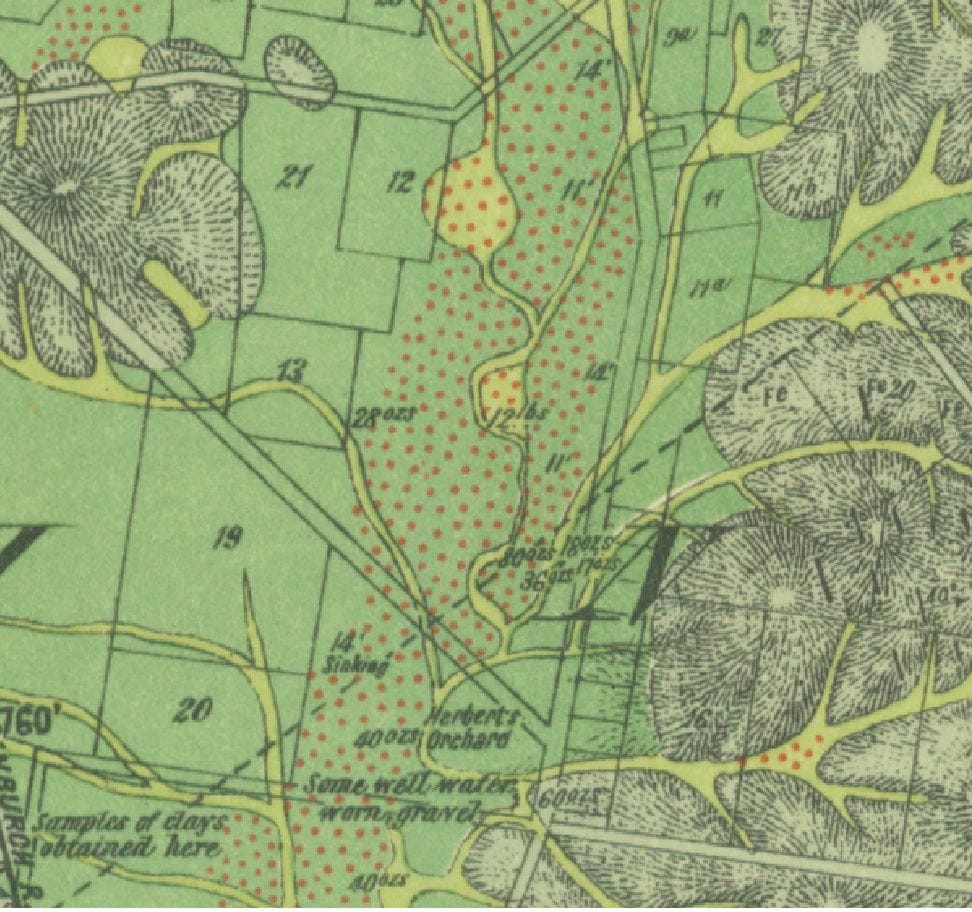




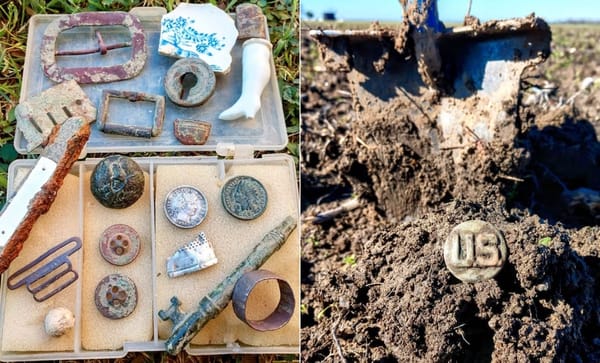
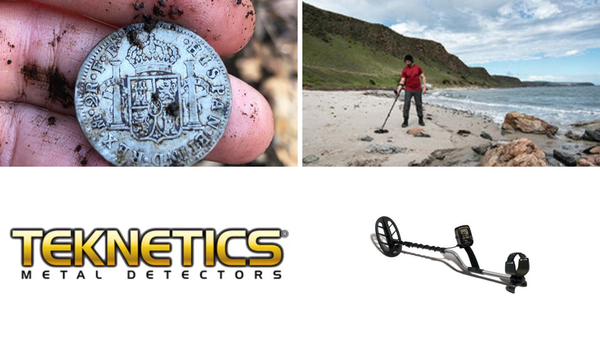
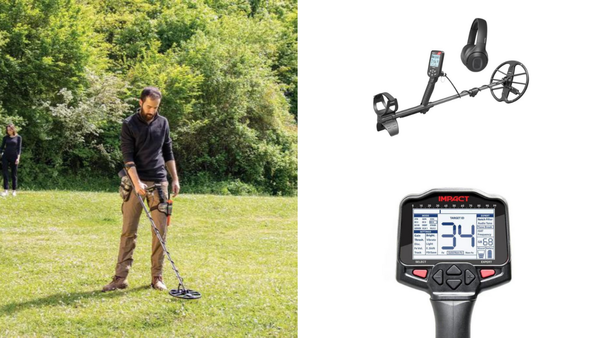
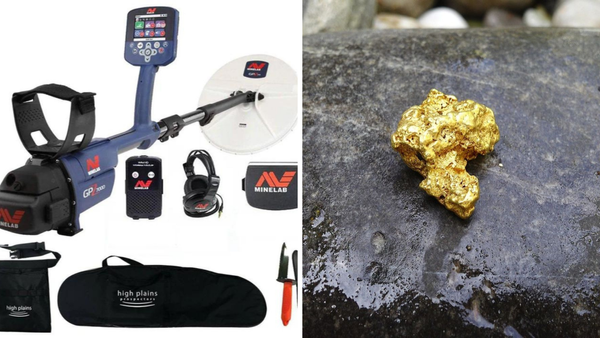
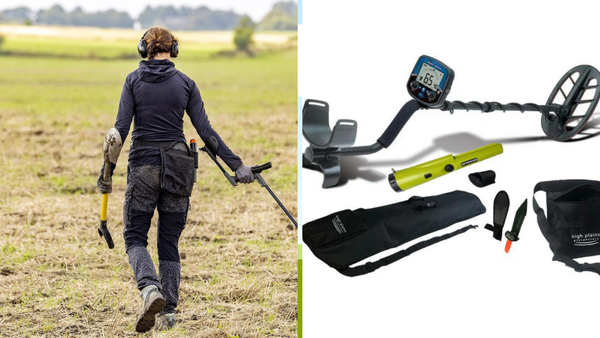
Member discussion